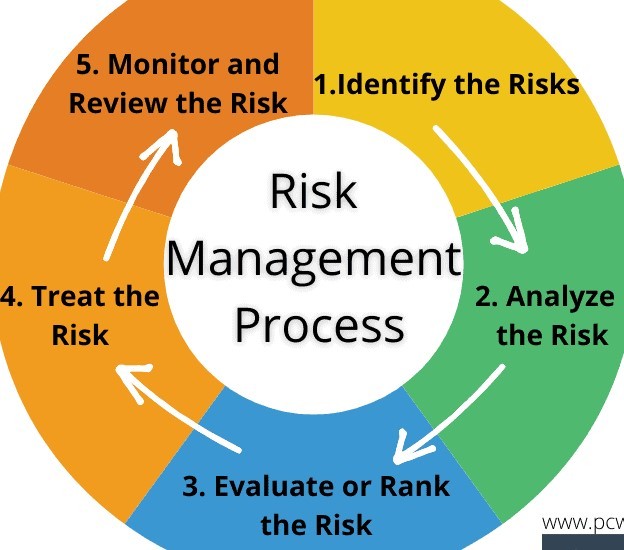Unlocking the Real Importance of Risk Management for Continuous Growth
Unlocking the Real Importance of Risk Management for Continuous Growth
Blog Article
The Value of Understanding the Importance of Risk Management in Different Industries

The Core Principle of Risk Management and Its Objective
Risk Management, the foundation of lots of industries, rests on the recognition, analysis, and mitigation of unpredictabilities in a service atmosphere. It is an integral method that enables organizations to protect their assets, track record, and total survival. By properly determining possible risks, services can develop techniques to either avoid these threats from taking place or lessen their impact. The analysis procedure involves examining the chance and potential severity of these dangers. The reduction procedure involves creating techniques to minimize their potential influence once dangers have been recognized and examined. This process is cyclical and ongoing, making sure that organizations are planned for the ever-changing nature of Risk in various sectors. The key function, therefore, is to cultivate durability in the middle of uncertainties.
Advantages of Carrying Out Risk Management in Service Procedures

Revealing the Role of Risk Management in Different Industries
While every sector confronts its unique collection of threats, the application of Risk Management techniques continues to be a common in their search of sustainability and growth. In the health care industry, Risk Management requires making certain patient security and information protection, while in financing, it entails mitigating investment dangers and making certain regulatory compliance (importance of risk management). Building and construction companies concentrate on employee safety, job delays, and budget overruns. In the innovation field, companies reduce cybersecurity threats and innovation obsolescence. Inevitably, the role of Risk Management throughout sectors is to recognize, examine, and minimize threats. It is a crucial element of strategic planning, allowing companies to safeguard their properties, optimize opportunities, and achieve their purposes.
Real-life Study Demonstrating Effective Risk Management
To comprehend the relevance of Risk Management in these lots of industries, one can look to a number of home real-life circumstances that illustrate the effective application of these procedures. Toyota, publish the 2011 quake in Japan, revised its supply chain Management to minimize disturbance risks. These cases show how sectors, discovering from situations, successfully applied Risk Management strategies to reduce future dangers.
Future Fads and Developments in Risk Management Strategies
As the globe continues to evolve, so as well do the trends and advancements in Risk Management methods. Quick developments in innovation and data analytics are reshaping the Risk landscape. Large data and AI are currently crucial in predicting and minimizing click this link dangers. Organizations are leveraging these devices to construct anticipating versions and make data-driven choices. Cybersecurity, when a peripheral problem, has catapulted to the leading edge of Risk Management, with techniques concentrating on reaction, discovery, and prevention. The combination of ESG (Environmental, Social, Governance) variables into Risk Management is an additional growing fad, reflecting the boosting acknowledgment of the role that social and environmental dangers play in company sustainability. Thus, the future of Risk Management exists in the combination of innovative technology, ingenious strategies, and an all natural method.
Conclusion
To conclude, understanding the relevance of Risk Management throughout a spectrum of industries is crucial for their longevity and success. Customized approaches can assist reduce prospective risks, safeguard properties, and foster stakeholder trust. Furthermore, positive decision-making aids in regulatory conformity and maximizes source use. Inevitably, effective additional reading Risk Management contributes to extra resilient and sustainable companies, highlighting the importance of this practice in today's dynamic and very competitive company setting.
While every sector challenges its unique set of dangers, the application of Risk Management strategies continues to be an usual in their search of sustainability and development. In the health care market, Risk Management requires making sure individual safety and information protection, while in money, it entails mitigating investment risks and ensuring governing conformity. Ultimately, the duty of Risk Management throughout industries is to identify, analyze, and reduce threats. These situations demonstrate how industries, learning from situations, properly used Risk Management methods to lower future threats.

Report this page